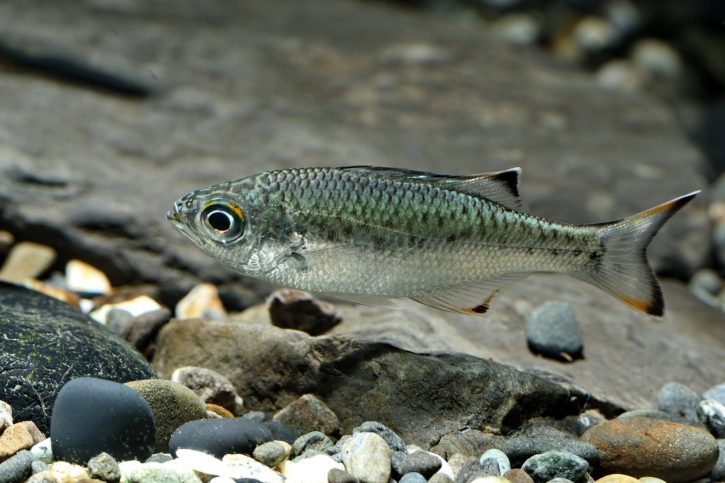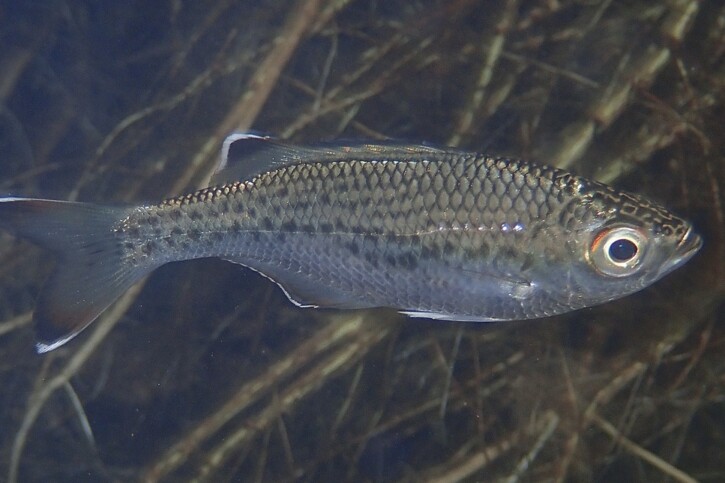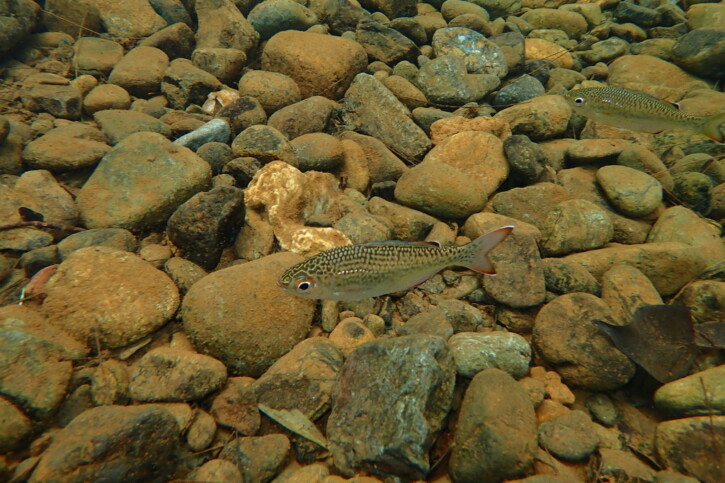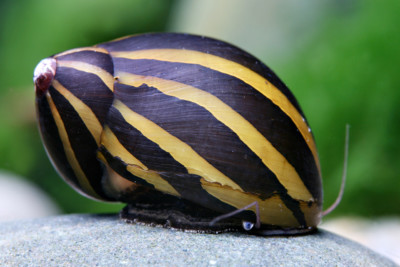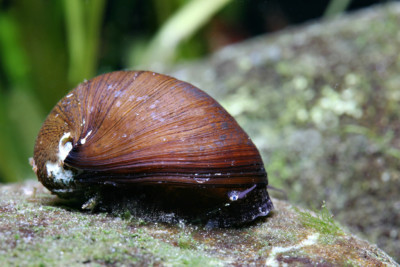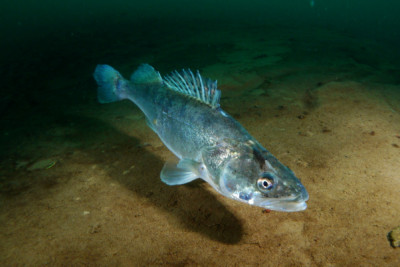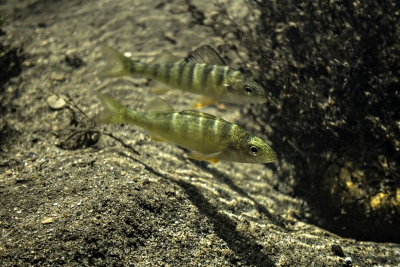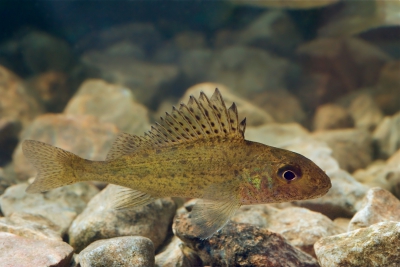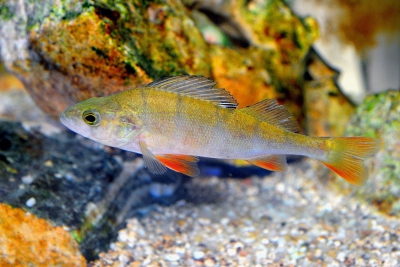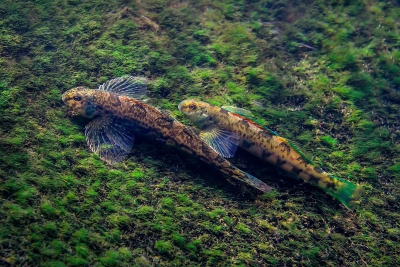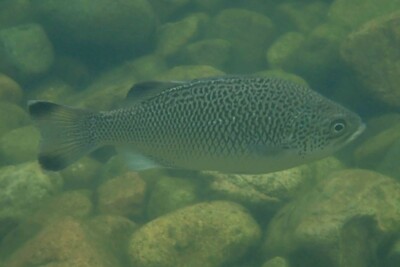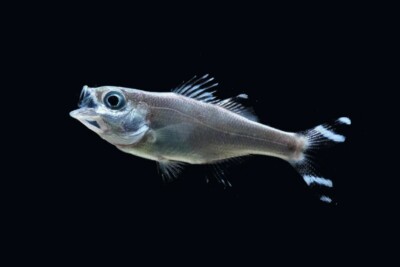silver flagtail
| Scientific name | Kuhlia marginata |
|---|---|
| Descriptor | Cuvier |
| Year of description | 1829 |
| IUCN category (World) | LC |
| Family | Percidae |
| Genus | Kuhlia |
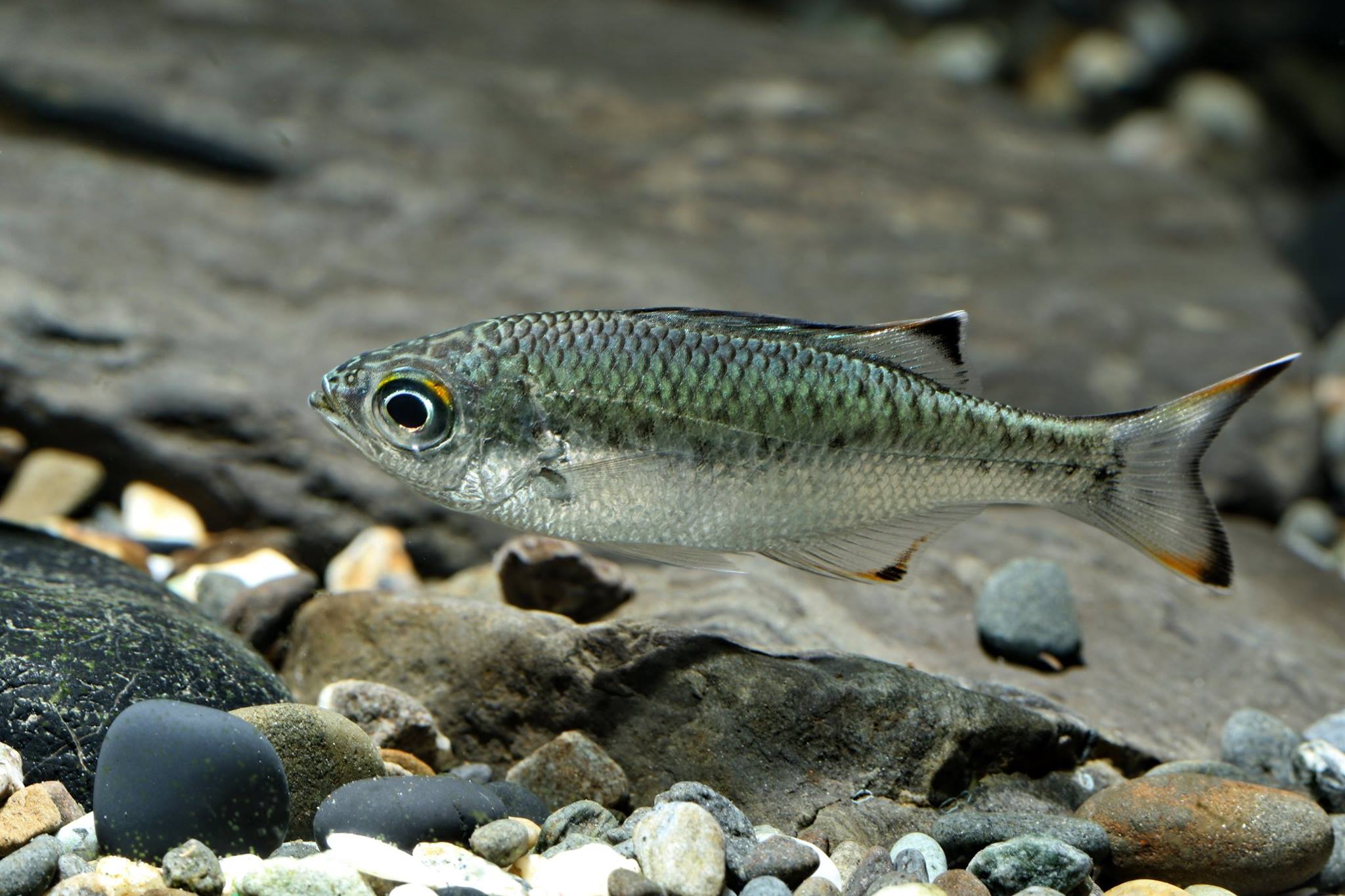

Introduction
Kuhlia marginata, commonly known as silver flagtail, is a fresh water and brackish water fish from the Oceania.
This sheet is currently being prepared. The texts currently proposed come from our data model or are being drafted. To request priority for this content, you can write to us HERE.
Who is it?
Morphology
-
Average size15 cm
-
Maximum size20 cm
-
Patternponctuations
-
Average size15 cm
-
Maximum size20 cm
-
Patternponctuations
How to recognize This fish ?
The silver flagtail measures between 15 and 20 cm. This fish is bicolore with a predominantly argent body. The also has noir ponctuations.
Behaviour & Life cycle
-
dietcarnivorous
-
Sociabilityliving in small groups
-
territorialNo
-
Way of livingdiurnal
The silver flagtail hunts in the stalk and is one of the predators of its biotope. Opportunistic, it does not hesitate to attack any smaller animal nearby.
The silver flagtail is a fish living in small groups naturally found in the vegetation. This species is carnivorous .
Although the silver flagtail is non-territorial, it is sometimes aggressive towards other species.
Reproduction
-
Reproductiondont le mode de reproduction est encore inconnu
The silver flagtail is a fish dont le mode de reproduction est encore inconnu.
Harmless species
This species does not represent any particular threats to humans when encountered in its natural environment.
Origin and distribution
What is its habitat?
Natural environment characteristics
-
Temperature18 - 28 °C
-
pH (acidity)6 - 7
Biotope presentation
The silver flagtail is most often found at a depth between 0m and 2m. However, it is not impossible to find this species at other depths.
This species lives near large roots, in which it can find refuge in case of danger. This type of habitat is often found not far from the banks.
Species of the same biotope
Fishkeeping
Not recommended
We do not recommend keeping this species in an aquarium. It has unpredictable needs which, if not met, generate significant stress, potentially leading to a shorter life expectancy, an interruption of its growth or the development of pathogens.
To go further
Sources & Contributions
Participation & Validation
The Fishipedia team and specialist contributors are committed to providing high-quality content. However, although the information comes from scientific sources or testimonials from specialists, the cards may contain inaccuracies.

Adrien Falzon
Translation
Translation done with the valuable contribution of our translators, who make this information available to a wider audience. We sincerely thank them for their commitment.
